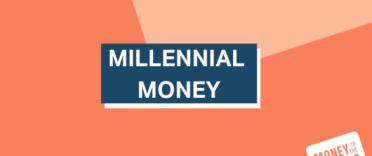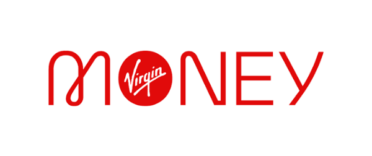In this week's millennial money episode, Damien and I discuss the different types of savings accounts available to you. If you would like to compare all of the savings accounts in this article you can do so by looking at our savings best buy tables.
Current accounts
Pro - Easy to transfer money across
Con - Low interest
Most current accounts now come with a separate savings account integrated within your banking app or via internet banking. This allows you to easily move your money out of your current account and into the savings account. App-only banks such as Monzo and Starling allow you to save into separate 'pots' or 'spaces' which makes it easy to save and doesn't require you to open separate accounts. One of the drawbacks is that as the money is easily accessed and readily available, you are more likely to give in to temptation and it can make it more difficult to save.
Easy access savings account
Pro - Immediate access
Con - Low interest
An easy-access savings account is different from a current account savings account as your money is held in a separate account to your current account. Despite being in a different location it is easy to access your money should you need it. As you can have immediate access to your money, easy access accounts tend to be low interest.
Notice accounts
Pro - Easy to withdraw money (depending on the notice period agreed upon opening)
Con - Low interest
Notice accounts tend to have better interest rates than easy access savings accounts but they are still low compared to other savings accounts available. Typically with a notice account, you have to give between 30-90 days notice before you can access your money. If you need immediate access you would be able to do so, but you are likely to be charged a fee.
Damien says...
At this point, the interest rate on the above savings accounts is pretty low. What you need to think about when it comes to savings accounts is inflation. You need to be able to beat inflation with your savings because if you don't, your money is losing value over time.
Fixed-rate bonds
Pro - Good savings rate
Con - Money is locked away for 1 - 5 years
With fixed rate bonds you pick a length of time to lock your money away for at a fixed saving rate. You cannot access your money during this time (without incurring a fee) but locking your money away will mean you get a better rate. If you lock your money away for the length of time there is a possibility that you will not benefit from an increase in interest rates in the economy.
Regular savings account
Pro - Good interest rates
Con - Commit to a fixed amount each month
Regular savings accounts require you to commit to saving a regular amount each month and doing so means you will get a better interest rate. There is normally a maximum limit on how much you can save each month and this normally applies for a year. Most savings accounts don't allow you to withdraw any money before the year is up.
ISAs (Stocks and Shares, Innovative Finance, Cash)
Pro - Tax-free
Con - There is an element of risk if you choose to invest
There are various types of ISA you can choose from, Stocks and Shares, Innovative Finance and Cash ISAs. The main benefit of saving with an ISA is that they are tax-free, so you aren't charged tax on any interest that you earn.
If you would like to compare the differences between a cash ISA and a savings account we go into more detail in the video below. We also talk about the savings allowance and what that means for your savings.
If you have any particular burning questions or topics that you would like to be discussed, email [email protected].
Head over to our social media accounts too:
Facebook - Money to the Masses
Twitter - @money2themasses
Instagram - @moneytothemasses
Youtube - Money to the Masses



